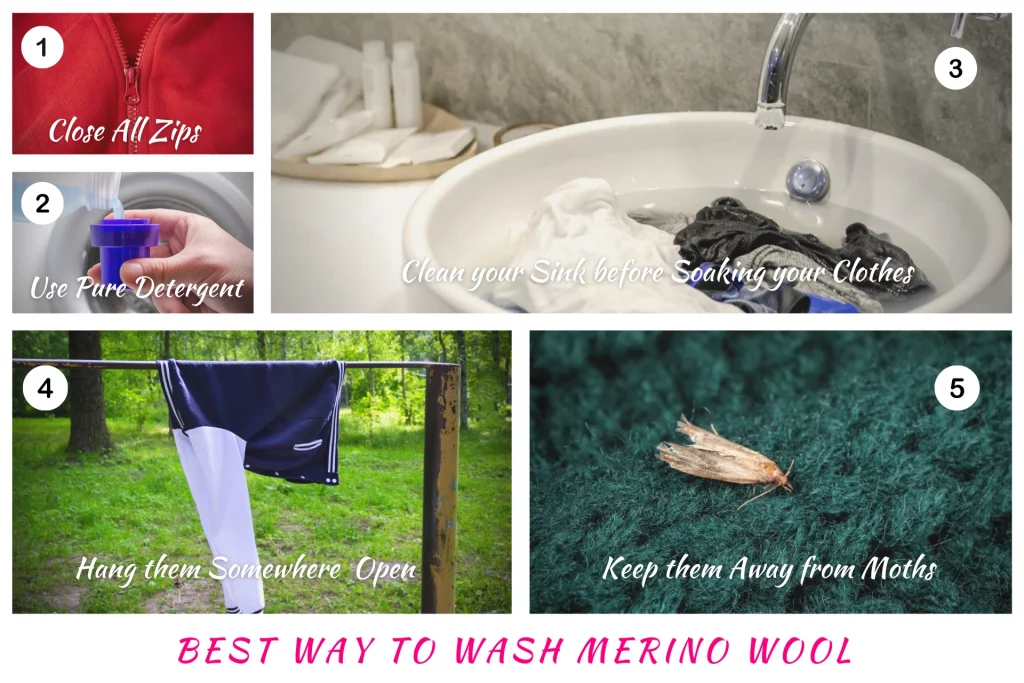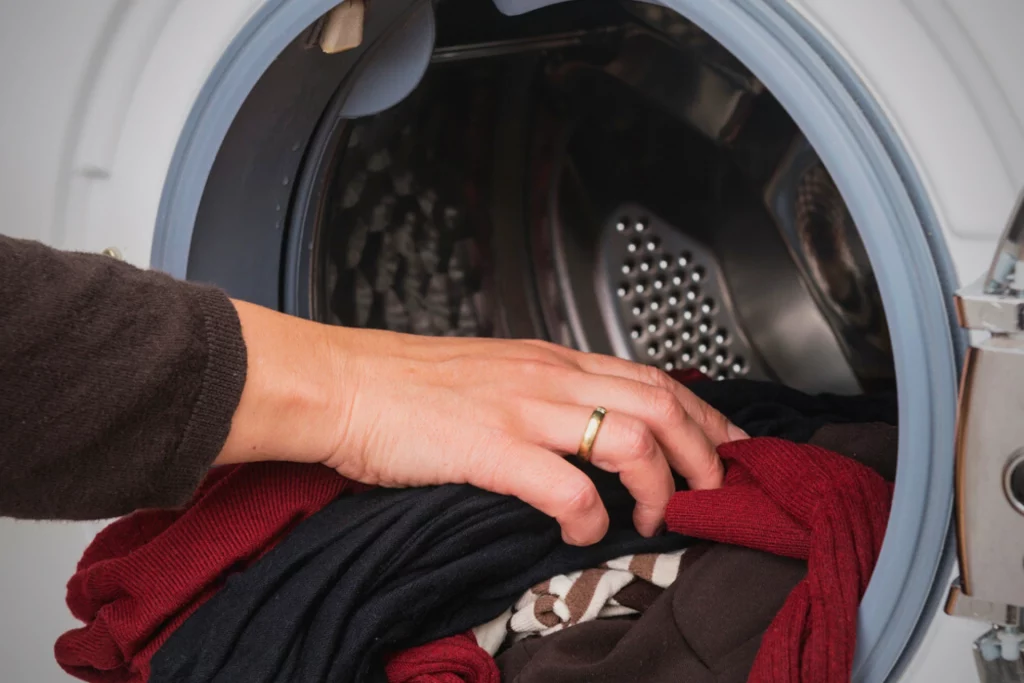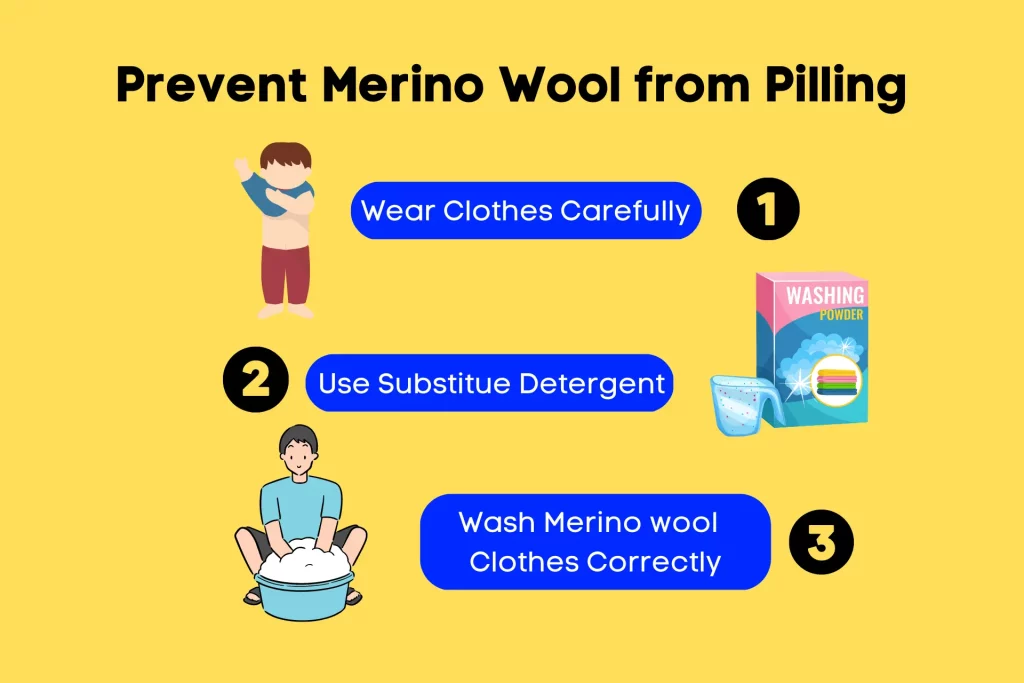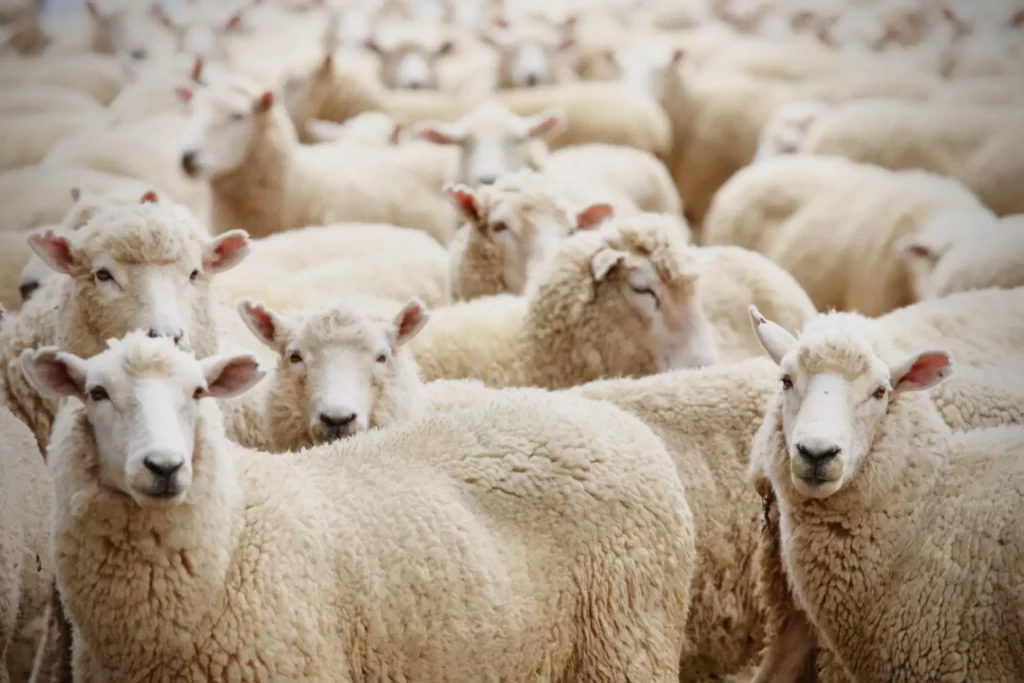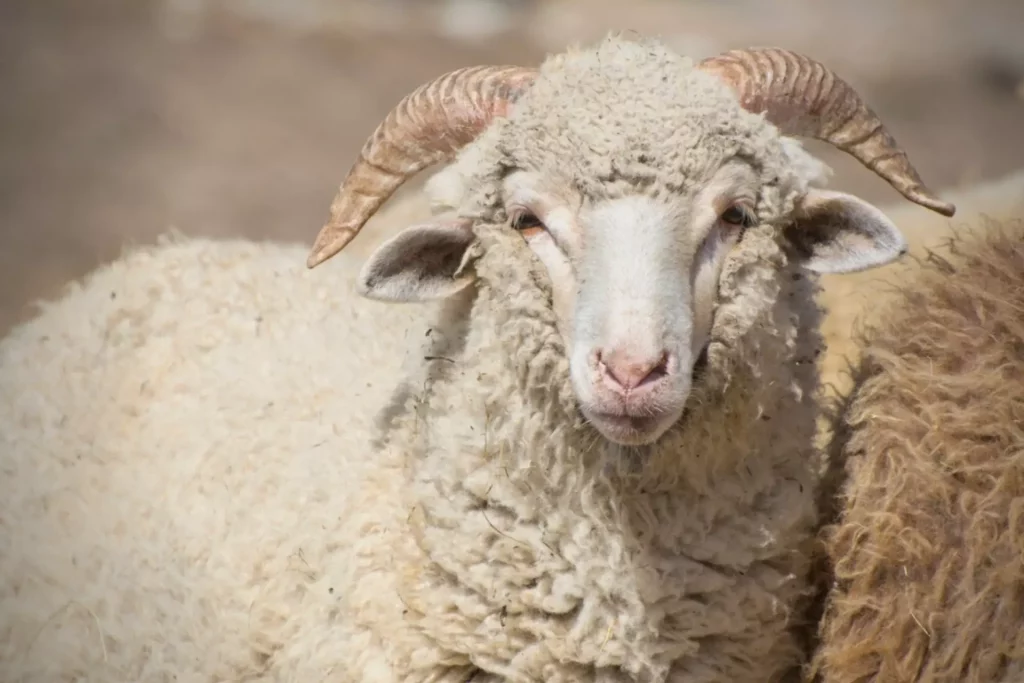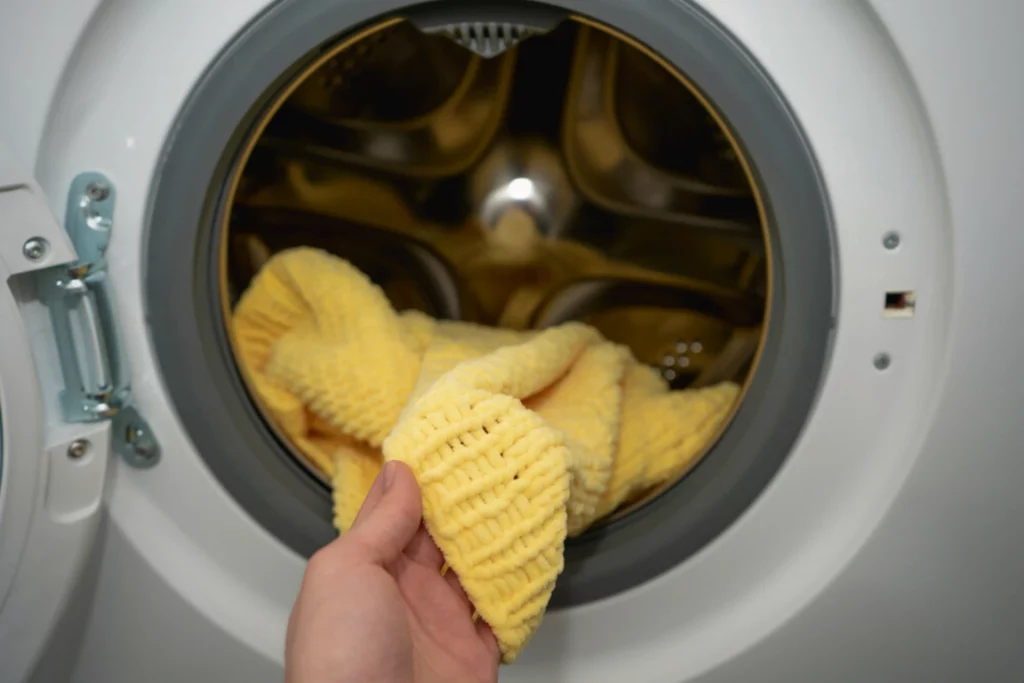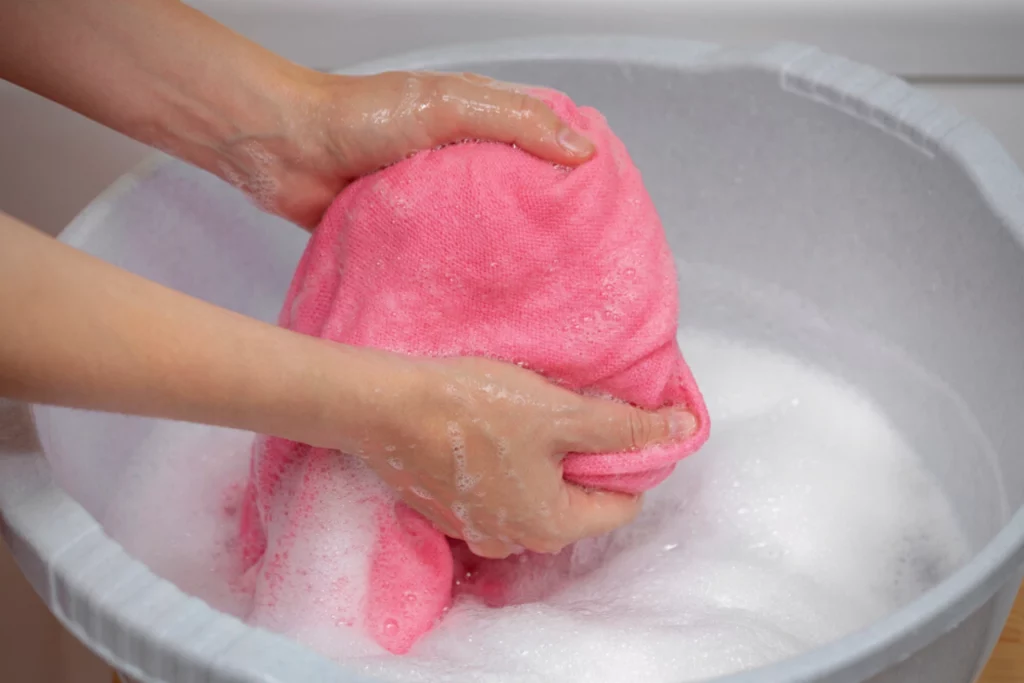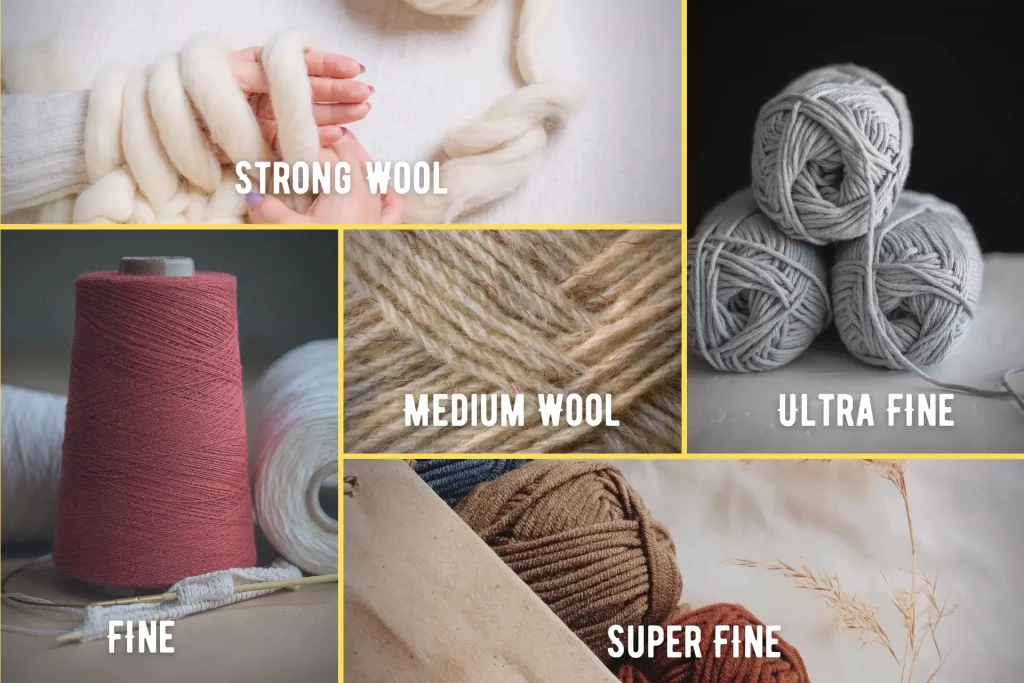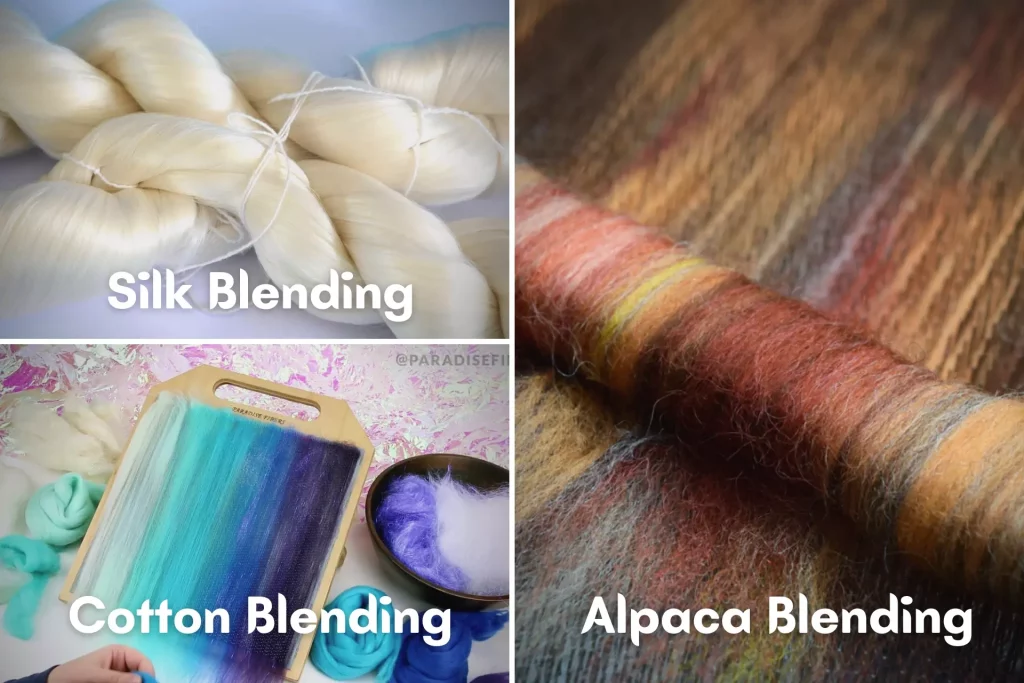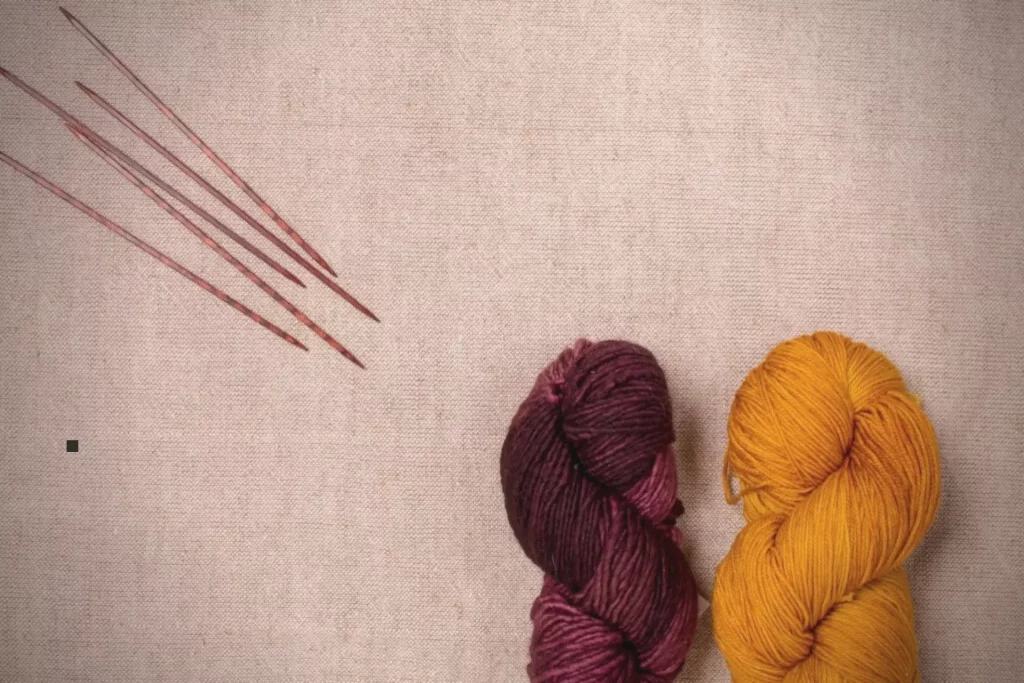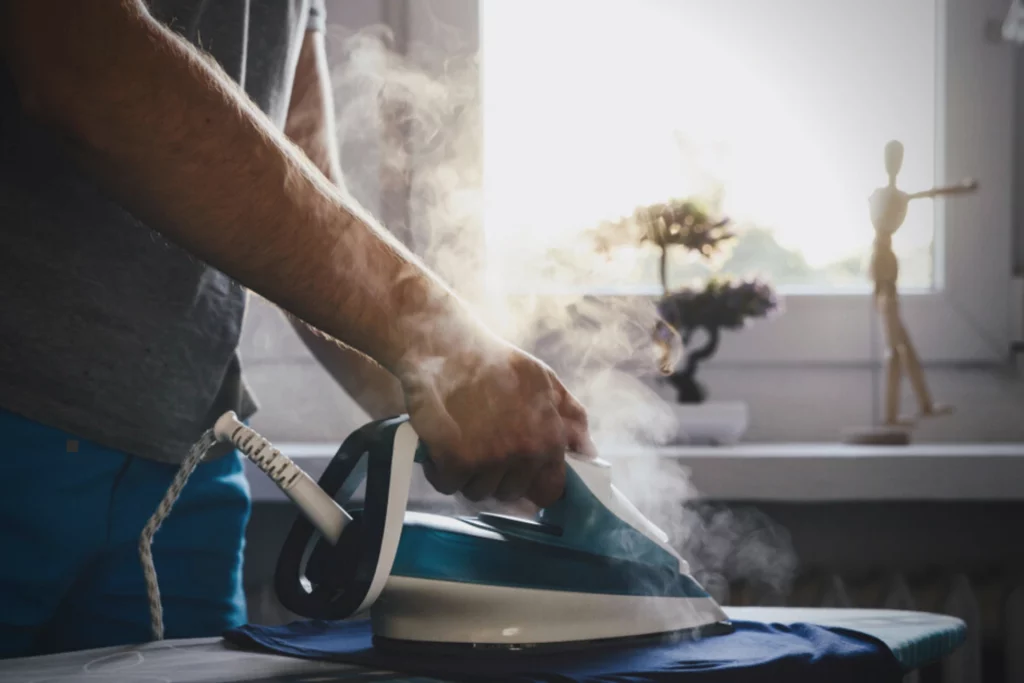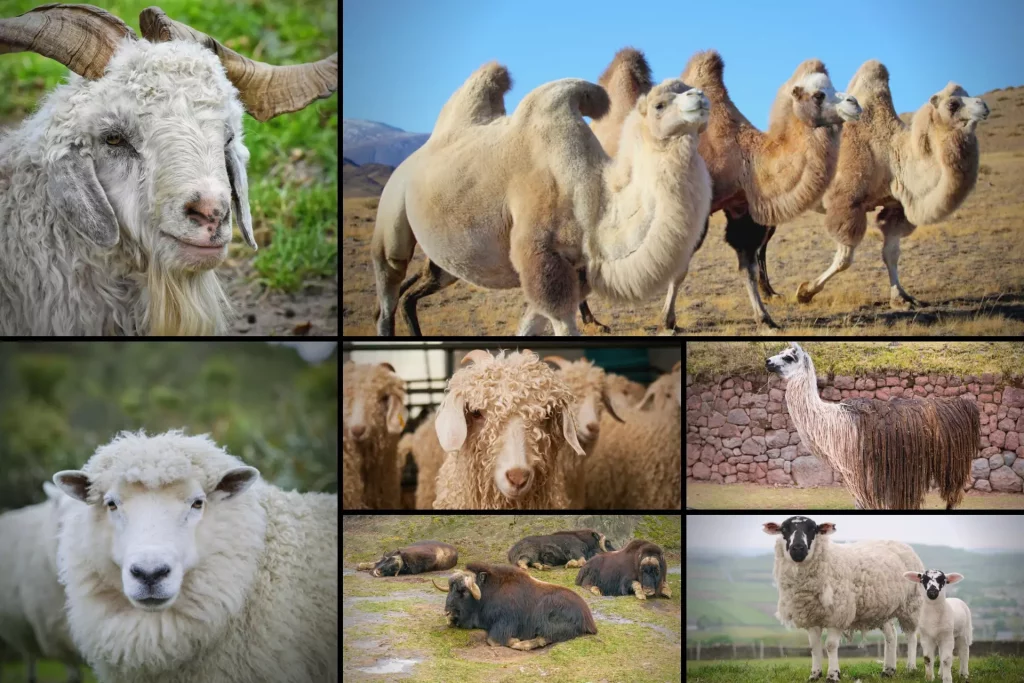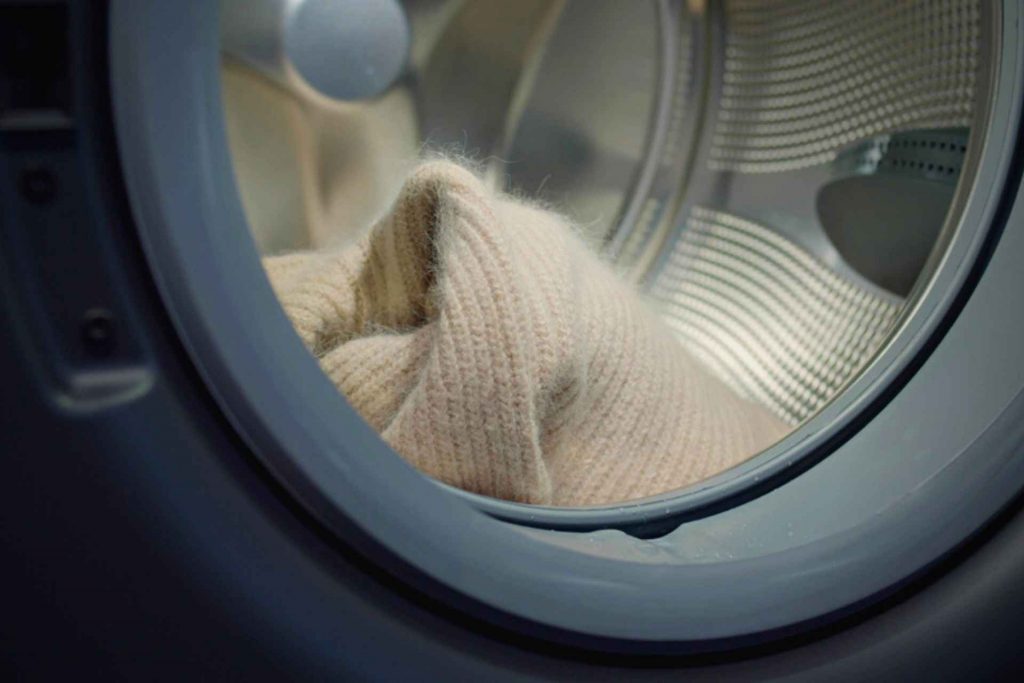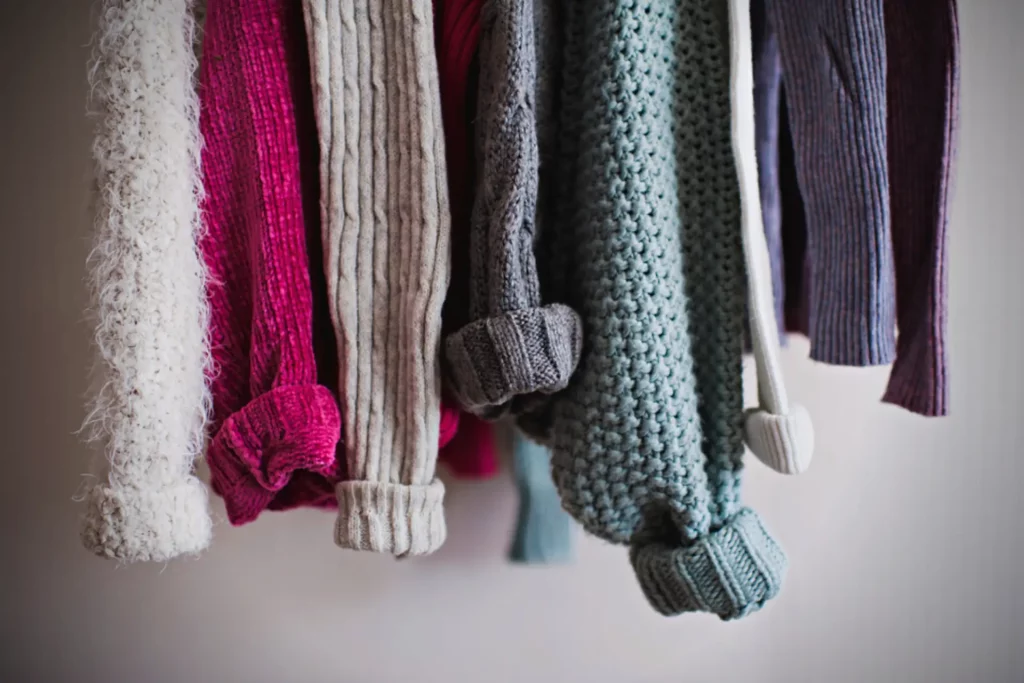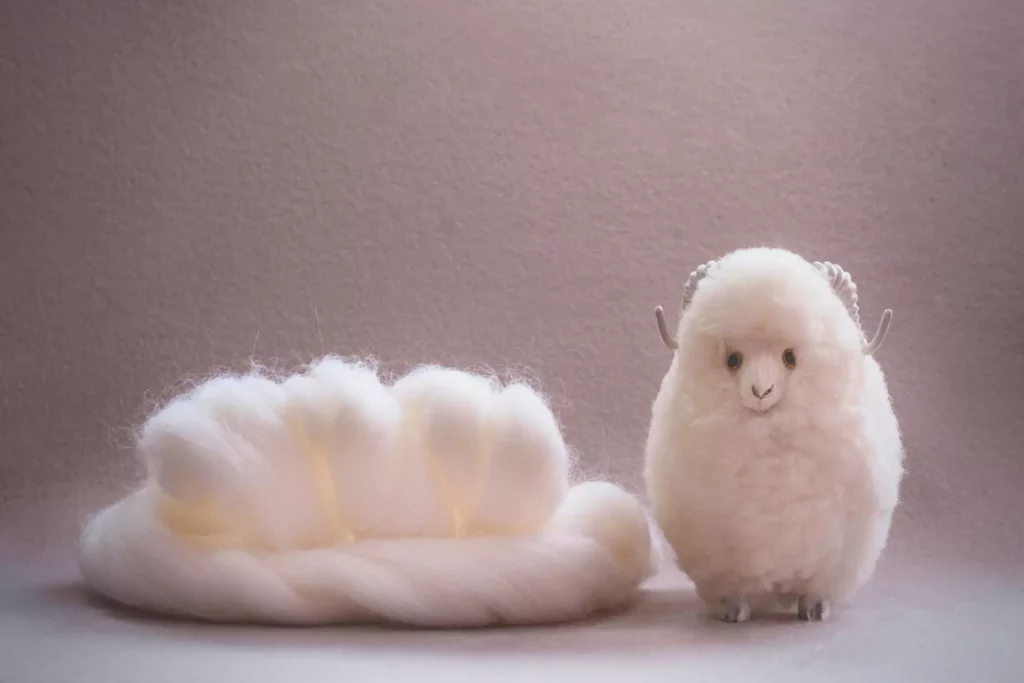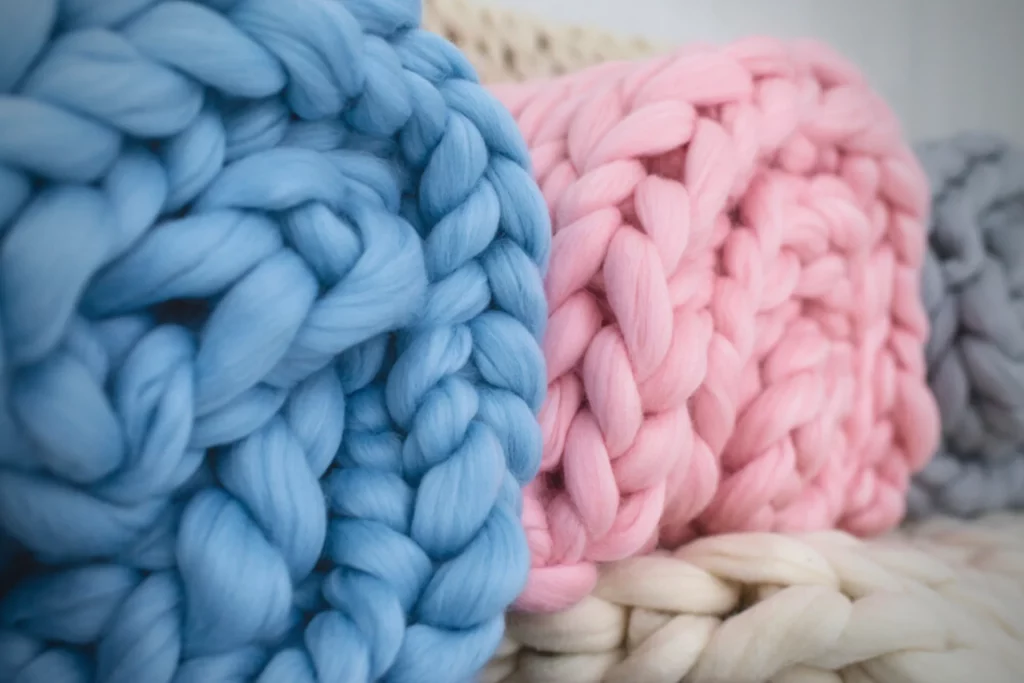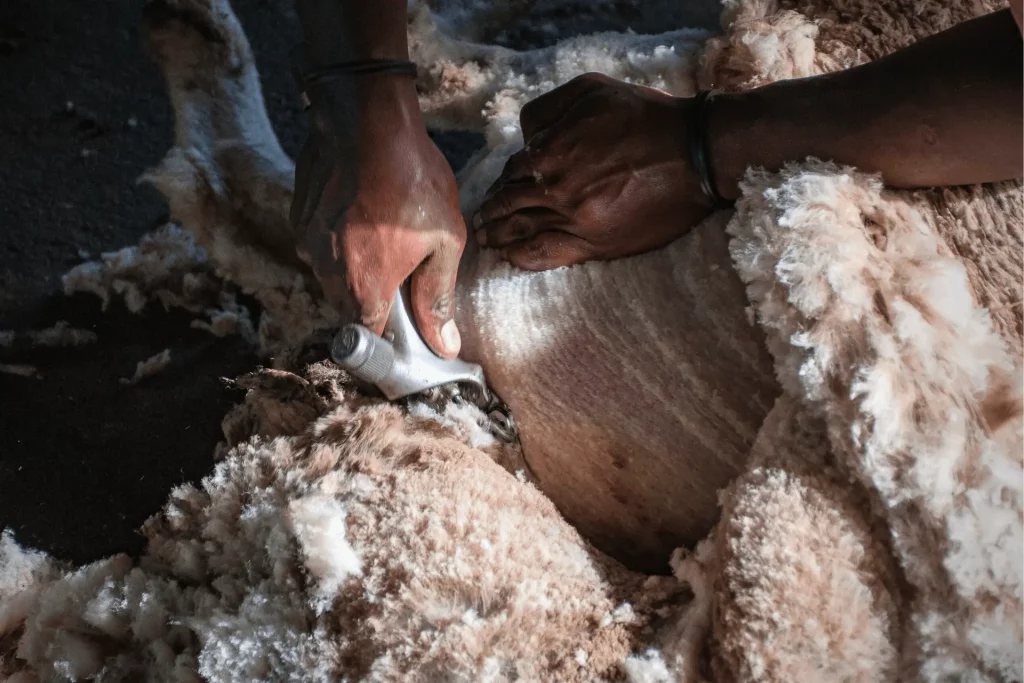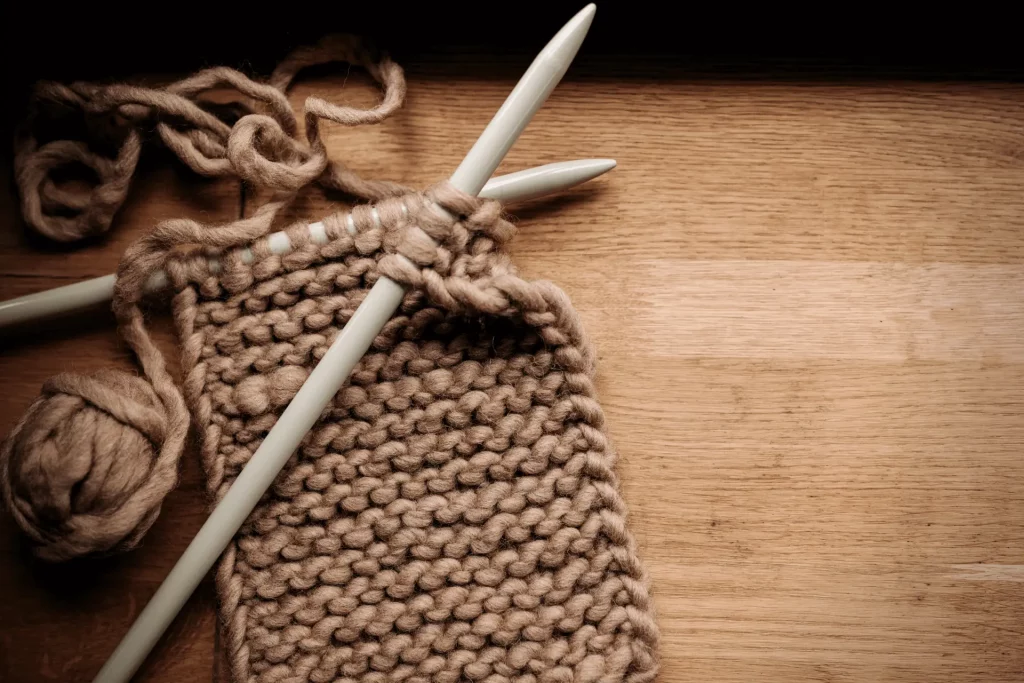Is it possible for you to tell me the difference between merino wool and Acrylic? Although most people are unaware of this distinction, it is critical when shopping for apparel. Merino wool is a natural fiber derived from sheep, whereas Acrylic is a synthetic fiber derived from petrochemicals and used in clothing production.
Both Merino Wool and Acrylic have their advantages and disadvantages. In terms of durability, Acrylic is a strong material; however, the natural moisture-wicking capabilities of Merinos produce an atmosphere that is pleasant to wear all day or beneath garments if you’re heading out into cooler weather – it’ll be like wearing your heating pad!
There are many various varieties of wool available, but merino and Acrylic are two of the most widely used and widely available. So, which is the superior option? In this blog article, we’ll look at the advantages and disadvantages of each to help you determine which is the best option for you.
Acrylic Vs. Merino Wool: Overview
What is Acrylic Yarn?
Acrylic yarns are close to natural cotton and wool yarns in appearance and feel. It is created to look and feel like its natural fiber counterparts, wool or cotton, but at a lesser cost and greater volume. The fibers used to make acrylic and natural yarn are the most significant distinction.
Fabricated from petroleum compounds: acrylic fibers are formed by dissolving and extruding the components into long, thin filaments.
Following that, the fibers are treated to achieve the desired effect. Fabrics made of acrylic fibers can be twisted to different degrees of tightness, combined with natural fibers while spinning, combed, trimmed, and otherwise worked to make a wide variety of yarn types.
What is Merino Wool?
Merino wool is a sort of fabric that has been around for hundreds of years and continues to gain popularity today. It is derived from the hair of particular breeds of animals, like Merino sheep.
This little animal generates an exceptionally fine fiber with lanolin oil, making the fibers extra soft! This natural marvel has several advantages, including the fact that it is hypoallergenic, allowing you to wear your lovely clothes without worrying about what can provoke allergies if exposed for an extended length of time.
Wearing this clothing can help lessen the risk of being sick since viruses have little chance against our bodies’ natural defenses because they reside outside of us and look through us, just like we do, and are less likely to infect us.
Acrylic Vs. Merino Wool: Production
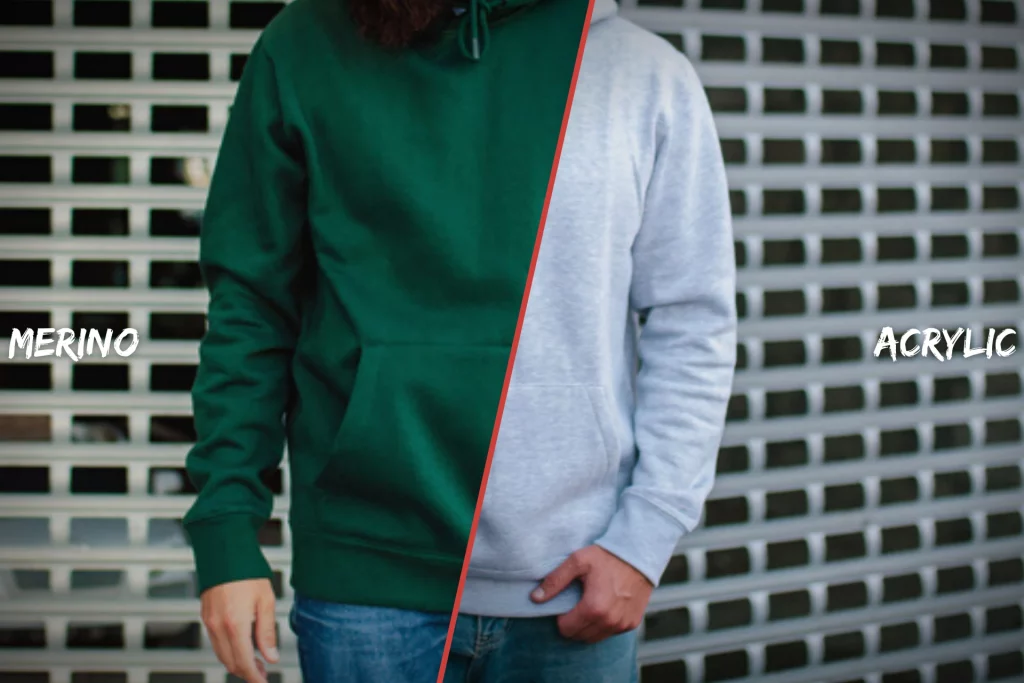
How is Acrylic Fiber Made?
In most cases, acrylic fiber is produced in the same facilities that make other synthetic fabrics. A reaction mechanism known as free radical polymerization generates the acrylonitrile polymer polyacrylonitrile in a water-based solution, serving as the process’s starting point.
It is necessary to dissolve this polymer using an extremely powerful chemical solvent. The resultant gel-like substance is then prepared to be extruded through a spinneret to produce acrylic fiber. Fibers are solidified in the presence of the same solution, which is known as wet spinning; this process is often used.
The use of a procedure known as dry spinning, on the other hand, is both more efficient and ecologically benign. Dry spinning is the process of evaporating a liquid with the help of a stream of hot gas.
Next, washing and stretching the resultant fibers is necessary to create long, thin filaments spun into yarn.
The process of stretching fibers such as Acrylic extends their length by a factor of several hundred times their original length, resulting in lower costs and increased manufacturing efficiency.
How is Merino Wool Made?
Woolgrowers in Australia use sustainable agricultural techniques to create the best wool on the planet from Merino sheep. On the other hand, Synthetics are industrially generated from non-renewable fossil fuels, whereas Merino wool is a natural fiber cultivated year-round by Merino sheep.
Who consumes a basic combination of natural components such as sunshine, water, fresh air, and grass. These sheep create fresh fleece every year, making wool a 100% renewable resource.
Wool, considered the world’s oldest known animal fiber, is made primarily of a natural protein – the very same protein found in the human hair – and trace amounts of calcium, salt, and fat.
A thin layer of scales covers the surface of every fiber, and these scales are essential in the production of felt and traditional woolen fabrics.
Advantages for Knitting and Crochet Compared:
The Advantages of Acrylic Wool for Knitting and Crochet:
Acrylic wool is an excellent material to use for crafting projects. It’s simple to work with, doesn’t tear quickly, and produces a fantastic surface that will stand up well to washing!
A superb alternative for anybody who wishes to knit or crochet easily, acrylic wool is a great choice. There are no unique requirements for this material, making it a good all-around choice if you aren’t sure what your next project will entail!
I haven’t discovered anything particularly noteworthy about acrylics – they function effectively exactly as they are because of how adaptable this fiber can be when correctly mixed by designers from various industries, including fashion design and interior design.
The Advantages of Merino Wool for Knitting and Crochet:
Using merino wool for knitting and crochet crafts has several advantages, including the fact that it is extremely pleasant and retains its form no matter how frequently you wear it. This product also helps prevent static electricity, which may irritate the skin!
The nicest feature about this fiber, in my opinion? As a result of their gentle nature, they shed very little while still providing adequate protection against allergens such as pollen and dust mites in the air we breathe daily.
But all of these advantages don’t stop there; they go one step further by being antimicrobial as well, which means that when they come into contact with food residue at home, there will be no nasty bacteria hiding out waiting to make us sicker than we were before. All thanks to Merino wool!
Acrylic Vs. Merino Wool: Uses
How is Acrylic Used?
As a result of its design to look and feel similar to wool, the acrylic fabric is utilized in some of the same uses as this extremely popular natural fiber. Fabricators of cold-weather clothes, for example, use acrylic fiber to create sweaters and mittens, gloves, slacks, hoodies, and a range of other clothing items.
Aside from carpets and upholstery, Acrylic is also a widely used material for rugs and other historically wool-dominated home decor product categories.
Even though Acrylic is quite close to wool in its natural condition, it may seem more like other textiles, such as cotton, by changing the spin mechanism employed. Certain varieties of Acrylic may be manufactured to seem like fur, which can be helpful for decorations or costumes.
Acrylic fiber is one of the carbon fiber elements, which is in great demand in industrial uses because of its strength and durability. On the other hand, acrylic fiber does not have many industrial uses; while this fabric is extremely durable, its flammability disqualifies it from being used in many industrial contexts.
How is Merino Wool Used?
Merino wool is most commonly used to make extremely popular sweaters. The fact that kinds of merino wool created with fine fibers are equally soft or even softer than cotton makes this material an excellent choice for lightweight sweaters used directly against the skin. It is also possible to obtain merino wool jerseys, shirts, and even tank tops in various colors.
Most of the time, rougher varieties of wool are used for this reason, although it is also feasible to construct blazers out of merino wool. Merino wool is an excellent choice for long underpants or base layers because of its resilience, softness, and ability to retain heat.
Usage of merino wool may be utilized to create virtually any sort of insulative clothing; however, this type of fabric is often designated for casual clothes or athletics and is not generally seen as informal or fancy outfits.
Blankets made of merino wool are popular among consumers. In addition to being a great mid-layer among sheets and blankets, merino wool also offers excellent insulating characteristics.
In addition to being a popular material for throw blankets, merino wool is also a commonly used material for bedding because of its luscious softness and exceptional heat retention.
Related Post: How to Care for Merino Wool?
Acrylic Vs. Merino Wool: Benefits
Benefits of Using Acrylic:
Here are some of the common benefits of using Acrylic:

1. Durability and ease of care:
Acrylic yarn is simple to care for and maintain. Cleaning acrylic yarn projects is as simple as washing them on mild with no fabric softener, tumble dry them on low for 5 minutes, and then laying them out to dry completely.
It is beneficial to tumble dry for five min to relax the fibers and realign the stitches. Completing the drying process while lying flat helps the item keep its form and drape better. In the end, it will also enable the project to endure longer and lessen the quantity of pilling that occurs during construction.
Acrylic should not be ironed because it is synthetic and can dissolve quickly. All who suffer from natural fiber sensitivities, like wool, will find acrylic yarn a great benefit.
Older designs that employed wool were necessary to block and stretch the component during assembly. Acrylic yarn does not require much blocking if any at all.
2. Affordability:
Acrylic yarn is one of the most economical yarns available because it is artificial and manufactured in greater quantities than other yarns. Do not be afraid to go out from your natural fiber comfort zone; acrylic yarns are excellent for new parents, teens, and children.
3. Wide range of Color Selection:
As a result of Acrylic being colored and produced on a bigger scale, matching color lots with Acrylic is easier. In addition, when comparing acrylic yarn to natural fiber, there is a greater variety of color options.
Natural fiber does not always ‘take’ a color well, and the color might vary from dye lot to dye lot as well. Acrylic will result in a product with excellent uniformity and a superior finish.
Benefits of Merino Wool:
Here are some common benefits of Merino Wool:

1. Merino Wool is soft:
Merino wool is not the same as the scratchy wool jumpers your grandmother wore! In reality, fine Merino wool fibers have a significantly smaller diameter than coarse wool fibers, which allows them to bend more smoothly when placed against the skin, avoiding itching.
2. Merino Wool is a natural insulator:
Merino wool aids in keeping you warm by absorbing rather than trapping body heat. The intrinsic crimp in Merino wool strands allows it to trap dead air and function as an insulator and cushion against cold air and weather conditions. This assists in maintaining a more consistent and warmer body temperature.
3. Merino Wool is a very lightweight fiber:
Because of its tiny fibers, Merino wool is also far lighter than other types of wool, making it simpler to wear with shoes and hence more comfortable on your feet.
Acrylic Vs. Merino Wool: Drawbacks
Drawbacks of Merino Wool:

- Merino wool is capable of absorbing water but not always releasing it
- It’s a little Plain
- It’s really expensive
- Concerns about long-term durability
Read More: Disadvantages of Merino Wool
Drawbacks of Acrylic:
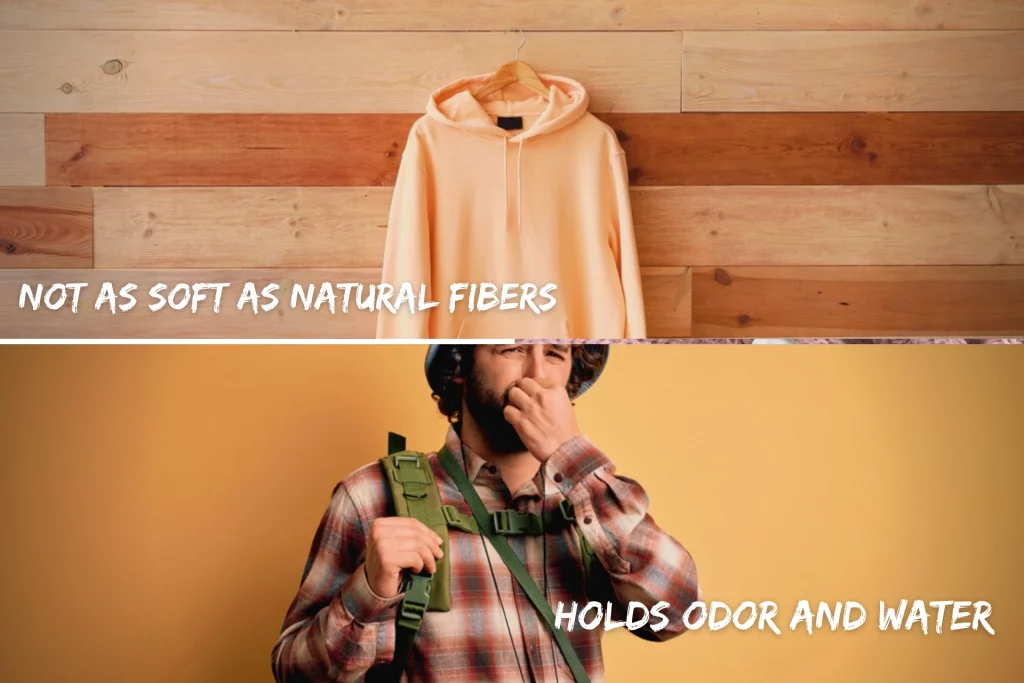
- Pilling
- Sensitive to heat
- Moisture absorption is inadequate
- After wearing it, there is a lack of comfort
How Much Warmer is Acrylic than Wool?
When Acrylic was initially developed, it did not provide as much warmth as wool. It was not perfected in terms of manufacturing quality, and some flaws remained; even though it did not breathe as effectively as wool did,
Those problems have been remedied, and the quality of Acrylic is now far higher than it was previously. However, being what they are, synthetic fibers cannot breathe and natural fibers can. Because of this small fact, Acrylic can be significantly warmer than wool in specific situations.
Frequently Asked Questions:
Why is Acrylic preferable over wool in this situation?
Acrylic is less costly and lower quality (in terms of price and quality) than wool. A significant period is required for wool to be ready for sale, but Acrylic can be quickly made in large quantities.
Is Acrylic suitable for use in cold weather?
The warmth of Acrylic on its own, and the warmth of Acrylic when combined with cotton, is greater than that of something like cotton or wool on its own.
Is Acrylic OK for use in coats?
Acrylic is a fantastic material for jackets, coats, and linings since it effectively retains heat. Practically speaking, Acrylic has largely taken the role of wool in the apparel industry as a whole. Its fibers have a silky feel similar to the natural substance it is made of.
Wrapping it Up:
Well, the verdict’s in; it all comes down to what sort of activities you intend to engage in while wearing your base layer! If you plan on spending a lot of time outside and want clothing that will keep you warm while also wicking away moisture from sweat, merino wool is the material to choose.
On the other side, if all-day warmth isn’t a concern, but odor prevention would be beneficial (or if it’s winter), our acrylic shirt would be a better fit for you.



